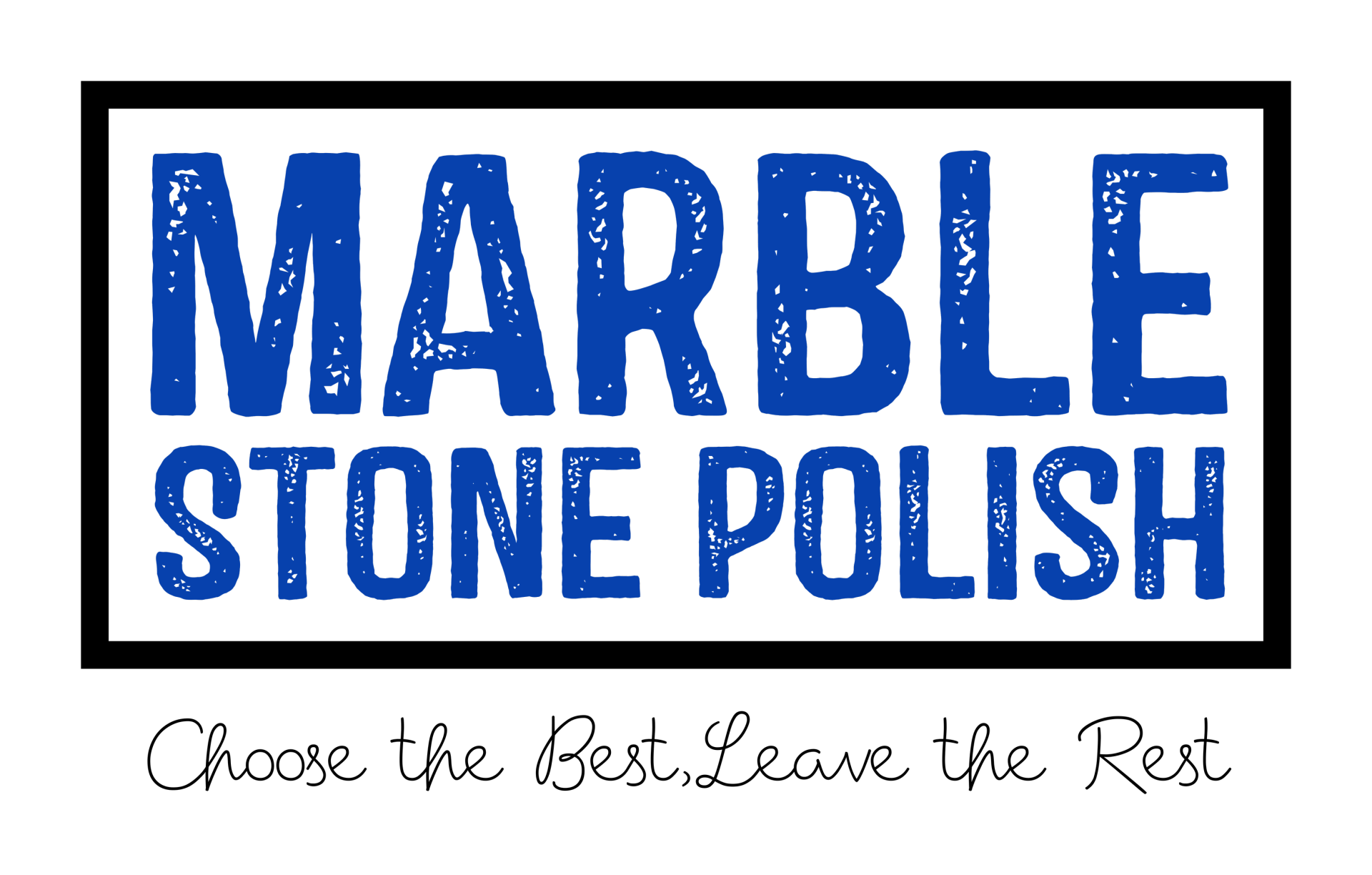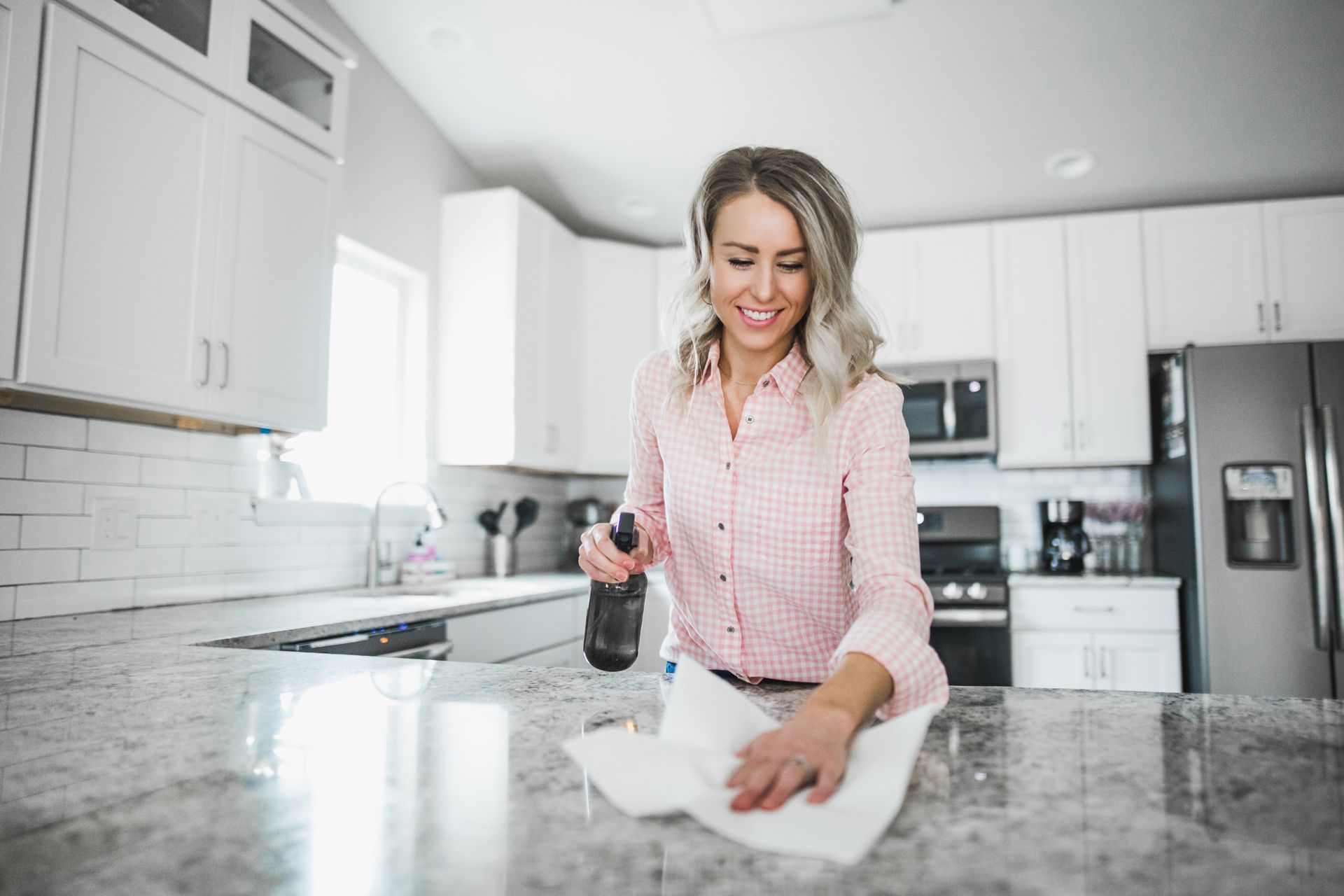Maintaining the beauty and longevity of natural stone surfaces requires regular cleaning and care. While some cleaning tasks can be tackled with DIY methods, others may necessitate the expertise of professional cleaners. In this article, we'll explore the factors to consider when deciding between DIY stone cleaning and hiring professionals, helping readers understand when to roll up their sleeves and when to call in the experts.
DIY Stone Cleaning: Pros and Cons
Many homeowners opt for the DIY route when cleaning their natural stone surfaces. DIY cleaning methods offer several advantages, including convenience, cost savings, and the satisfaction of completing a task independently. Common DIY stone cleaning techniques include using mild detergents, vinegar solutions, specialized stone cleaners, and gentle scrubbing and wiping with soft cloths.
However, DIY stone cleaning also has its limitations. Without proper knowledge and experience, homeowners risk using incorrect cleaning products or techniques that could damage the stone surface. Additionally, stubborn stains or deep-seated grime may be challenging to remove with DIY methods, requiring professional intervention.
When to DIY Stone Cleaning:
- Routine Maintenance: Regular dusting, sweeping, and mopping can be easily accomplished by homeowners to keep natural stone surfaces clean on a day-to-day basis.
- Mild Stains: Light surface stains, such as water spots or fingerprints, can often be removed using DIY cleaning solutions and gentle scrubbing.
- Small Areas: DIY cleaning can be a practical and cost-effective solution for small or manageable areas of natural stone.
Professional Stone Cleaning: Advantages and Considerations
Professional stone cleaning services offer specialized expertise, advanced equipment, and tailored solutions for restoring and maintaining natural stone surfaces. Trained professionals have the knowledge and experience to assess the type of stone, identify specific cleaning requirements, and select the appropriate products and techniques to achieve optimal results safely.
Some of the key advantages of hiring professionals for stone cleaning include:
- Expertise: Professionals are equipped with specialized training and experience in handling various types of natural stone, ensuring thorough and effective cleaning without causing damage.
- Advanced Equipment: Professional cleaners utilize state-of-the-art equipment and tools, such as high-pressure steam cleaners, rotary scrubbers, and specialized cleaning solutions, to achieve superior results.
- Deep Cleaning: Professional cleaning services can penetrate deep into the pores of natural stone, removing embedded dirt, stains, and contaminants that DIY methods may not adequately address.
- Time and Convenience: Outsourcing stone cleaning to professionals saves homeowners time and effort, allowing them to focus on other priorities while ensuring the job is done efficiently and effectively.
When to Call the Experts:
- Stubborn Stains: Deep-seated stains or discoloration that resist DIY cleaning efforts may require professional expertise to safely and effectively remove.
- Large Areas or Complex Surfaces: Cleaning extensive or intricate natural stone surfaces, such as flooring, countertops, or facades, is best left to professionals with the necessary equipment and skills to tackle the job effectively.
- Specialized Treatments: Certain types of natural stone, such as marble or travertine, may require specialized cleaning and sealing treatments that professionals best handle to ensure optimal results and long-term protection.
Conclusion
Determining whether to tackle natural stone cleaning as a DIY project or enlist the help of professionals depends on various factors, including the type and extent of cleaning required, the size and complexity of the surfaces involved, and the homeowner's comfort level and expertise. While DIY methods may suffice for routine maintenance and minor cleaning tasks, professional stone cleaning services best address complex or challenging cleaning issues. By understanding the advantages and limitations of both DIY and professional stone cleaning, homeowners can make informed decisions to preserve the beauty and integrity of their natural stone surfaces for years to come.


